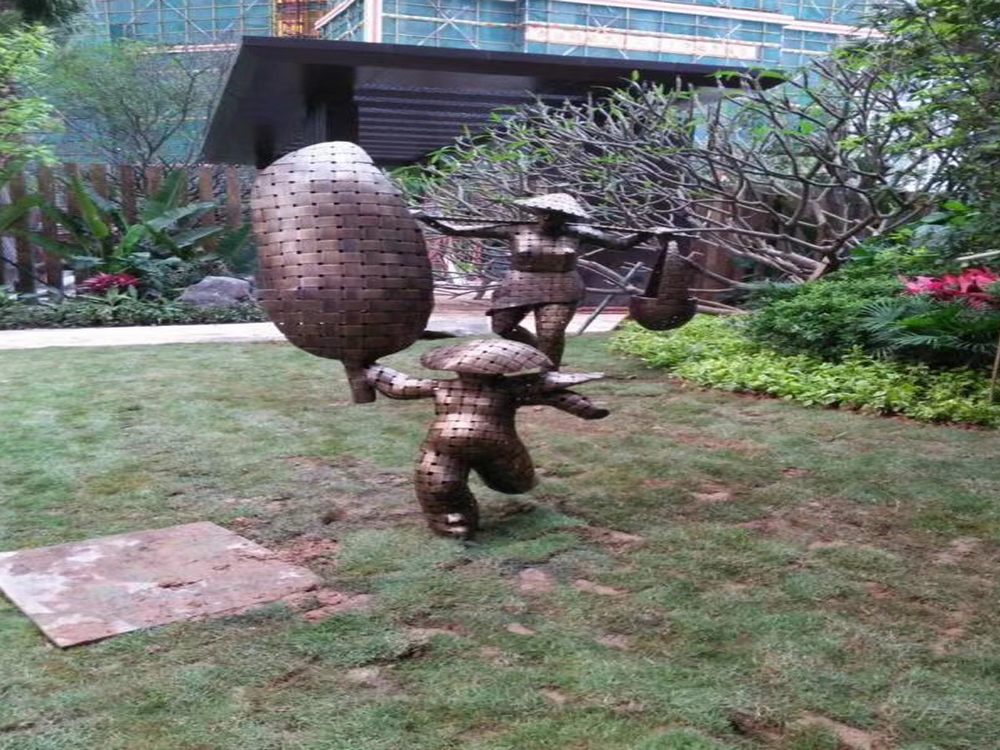
Bronze sculpture, an ancient art form, is undergoing a radical transformation as artists integrate interactive elements to engage audiences in unprecedented ways. One groundbreaking approach combines kinetic mechanisms with bronze casting, allowing sculptures to move responsively to touch or environmental changes. For instance, some artists embed pressure sensors within bronze figures, triggering subtle movements when viewers interact with them.
Another cutting-edge technique involves incorporating augmented reality (AR) markers into bronze surfaces. When scanned with smartphones, these sculptures "come alive" through digital animations that tell hidden stories or reveal artistic processes. This fusion of physical and digital art creates layered experiences that resonate with tech-savvy audiences.
Thermochromic bronze alloys represent yet another innovation. These specially formulated metals change color in response to body heat, inviting tactile exploration and creating living artworks that evolve with each interaction. Some sculptors are even experimenting with sound-responsive bronze installations, where vibrations from spoken words or music cause delicate bronze components to chime in harmony.
Perhaps the most avant-garde approach involves neural interfaces. A handful of artists are creating bronze sculptures embedded with EEG sensors that respond to viewers' brainwave patterns, altering their form or lighting based on the observer's emotional state. While still experimental, this represents the frontier of interactive bronze art.
These innovations are redefining what bronze sculpture can be - no longer static monuments but dynamic conversations between artist, material, and audience. As technology advances, we can expect even more astonishing intersections between this ancient medium and interactive possibilities.

